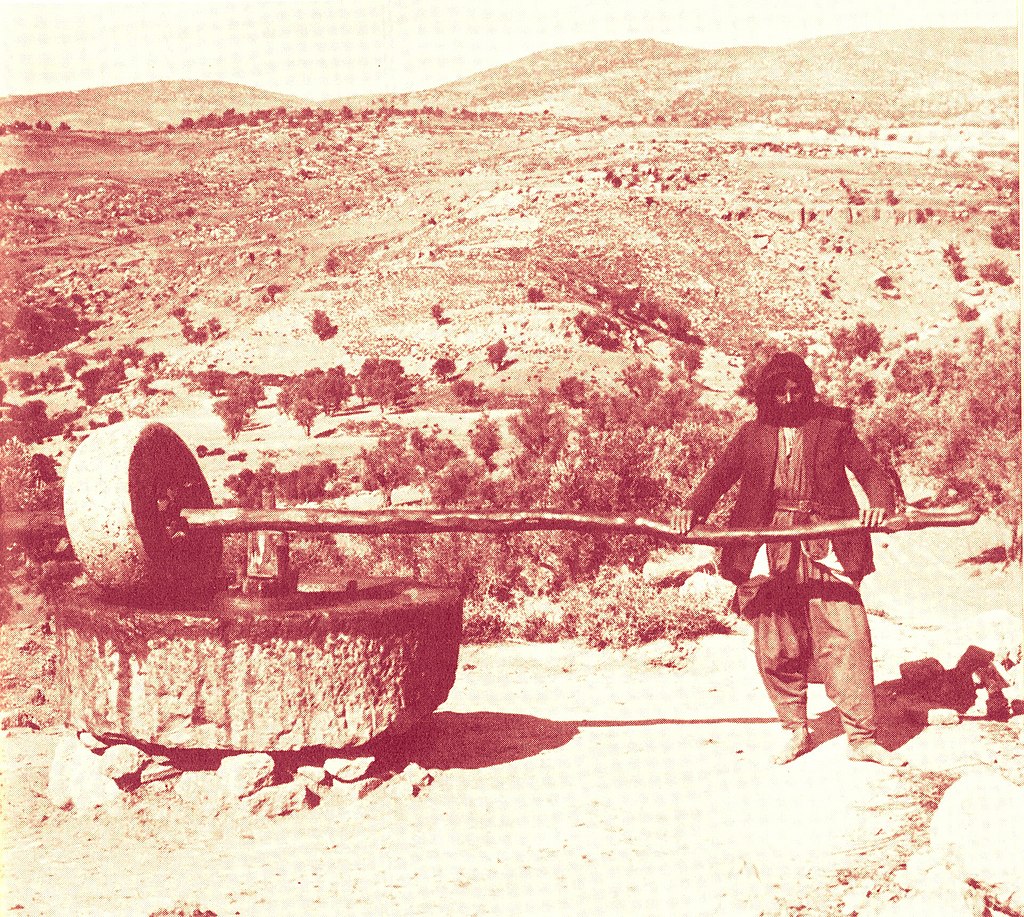Capernaum on the shores of the Sea of Galilee was the site of a thriving Jewish community in the 2nd Temple, Roman and Byzantine periods. Capernaum was thought to have prospered from the 2nd century BC to the 11th century AD, when it reverted to a simple fishing village up to the 19th century.
Jesus’ “own city”
While the town is not mentioned in the Old Testament due to its late establishment, it otherwise features prominently in the New Testament. This explains the place’s significance especially among Christians. The Bible calls Capernaum as Jesus’ “own city.” According to Matthew 4:13, Jesus left Nazareth and went to live in Capernaum after being led into the wilderness and tempted by the devil. As he arrived in Capernaum, Jesus met James, John, Peter, Andrew, and Matthew, who would be his future disciples (a bit more about this later).
Today it is a both a major Christian pilgrimage site and an important archaeological site under the auspices of the Franciscan Order. The name Capernaum is a Greek rendering of the Hebrew Kfar Nachum, meaning village of Nachum. Medieval Jewish traditions associate it with the burial place of the biblical prophet Nachum.
In the Gospels according to Mathew and Mark, Jesus meets the fishermen Simon Peter, Andrew his brother and later James and John the sons of Zebedee by the lake shore in Capernaum and recruits them by offering to make them “fishers of men”. Later, according to Mark, he would preach in the synagogue and then set out to revive a dead girl with words “talitakumi”.
Among the other miracles Jesus performed at the Capernaum include the healing of the cripple lowered through the house roof and the healing of Peter’s mother-in-law. Despite having performed many miracles, Jesus was frustrated by the villagers’ lack of faith and ended up cursing Capernaum.
Capernaum is a must see for all believers. Make sure to bring the Bible along to this location, read the Scriptures, and watch them as if they come to life. Truly, this site is a must-see Biblical site for those who are making their journey to the Holy Land.
Pilgrims, as well as casual tourists and history enthusiasts, can walk through this open ancient town and Biblical village. Devoted pilgrims as well as history buffs will have a field day exploring several things of interest in Capernaum. The archaeological remains of Capernaum include the ruins of a 3rd century C.E. synagogue; two Byzantine churches, one octagonal in shape, referred to as Peter’s House, residential buildings, olive presses, a variety of elegant architectural elements and various Greek and Aramaic inscriptions.The synagogue is believed to have been built with the actual foundations of the synagogue where Jesus taught and preached in. Visitors can also see Peter’s mother-in-law’s house, view the remains and the ancient homes, and even see the remains of an ancient wine press.
Believers can also sit on the stone benches in the synagogue, where Jesus would have sat. In 2000, Pope John Paul II visited Capernaum.
The modern-day Kfar Nahum is the site of a Franciscan monastery as well as a Greek Orthodox church.
Getting there and getting around Capernaum
On Road 87 (the northern shore of the Sea of Galilee) just west of Kfar Nachum Junction (with Road 90). While driving to Capernaum on your own is possible, the best way to explore the site is through guided and paid tours.
The site is reasonably accessible with wheelchairs. There’s parking as well. The place is good for kids, too, and it can be a great start for them to learn about Biblical history, Israeli history, and archaeology.
Besides some of the most important Biblical and archaeological sites in Israel, Capernaum also offers a variety of leisure activities and fun outdoor adventures.
